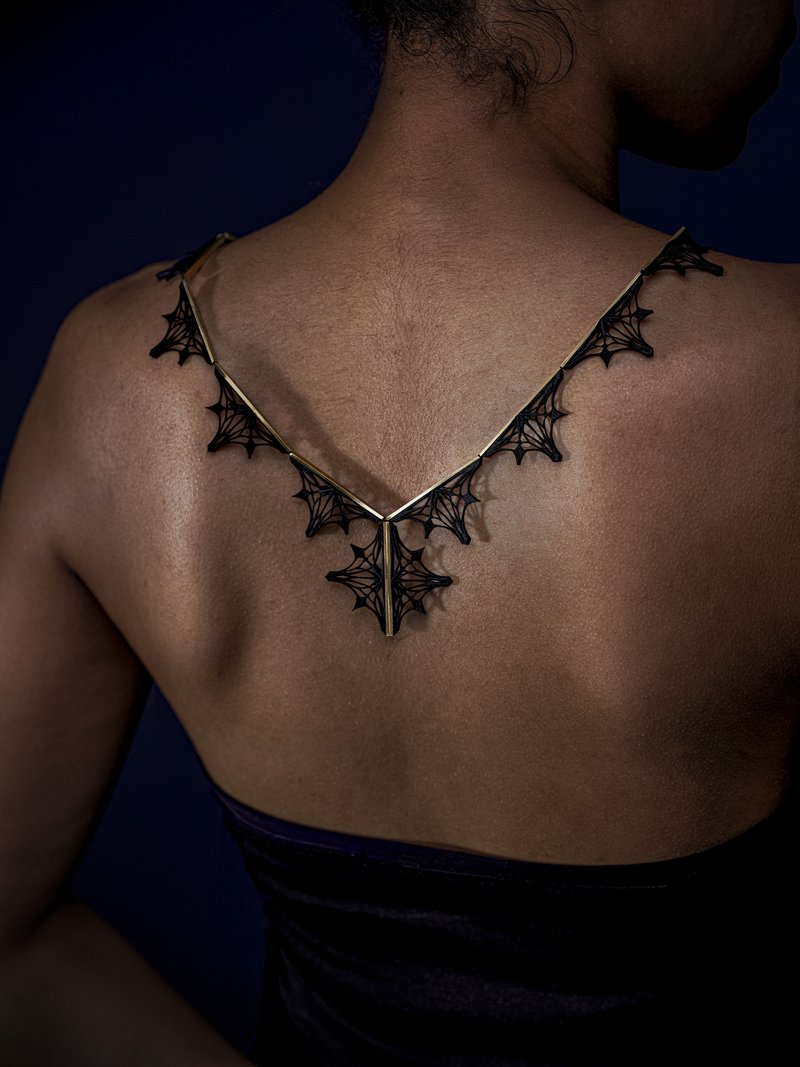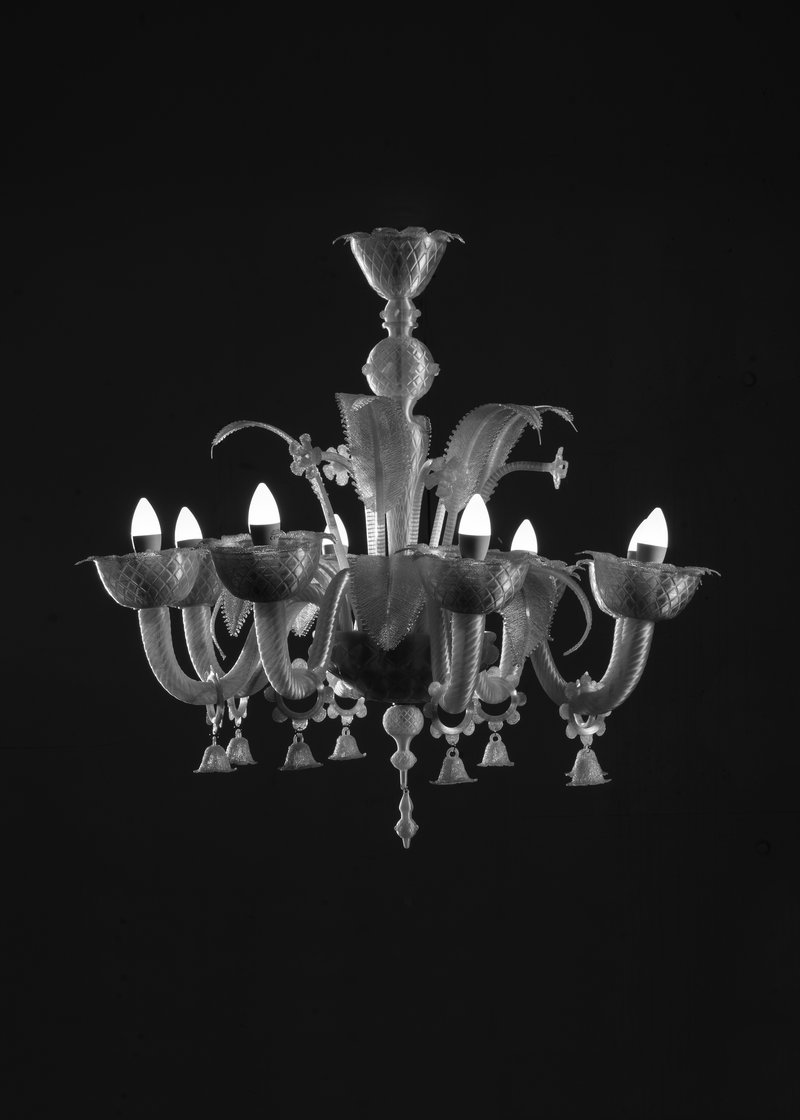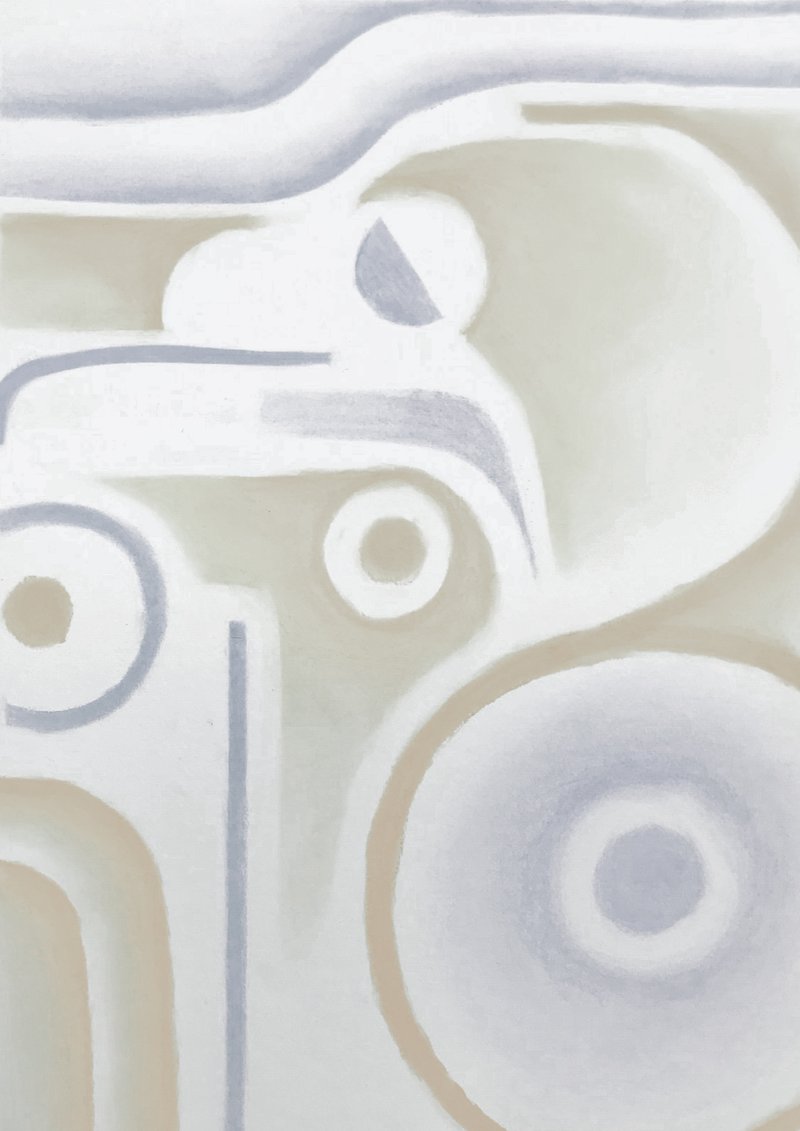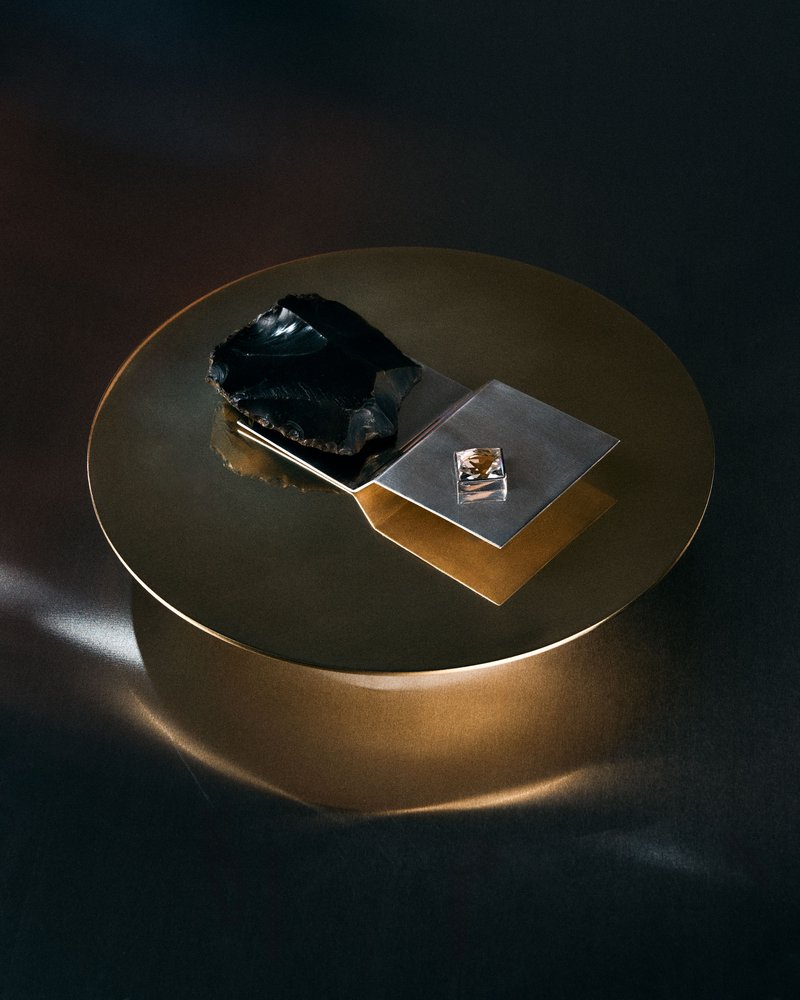
MAS DESIGN FOR LUXURY & CRAFTSMANSHIP
Aina Wang – Once Gold
by Aina Wang
In the 19th century, Prussian citizens gave up their gold to support the war, receiving cast-iron jewellery engraved ‘Gold gab ich für Eisen’ - ‘I gave gold for iron’. Berlin iron, an alloy of iron and carbon, covered in a layer of patinated black lacquer, was born of a moment when personal sacrifice became collective identity. This project revives that gesture by concealing the gold at the heart of the iron, like a buried memory. Inspired by military insignia and Gothic geometry, the piece evokes reverence and loss. Designed for movement, it transforms into ten forms, from brooch to pendant to belt, linking the ritual of the past with the wear and tear of the present.









